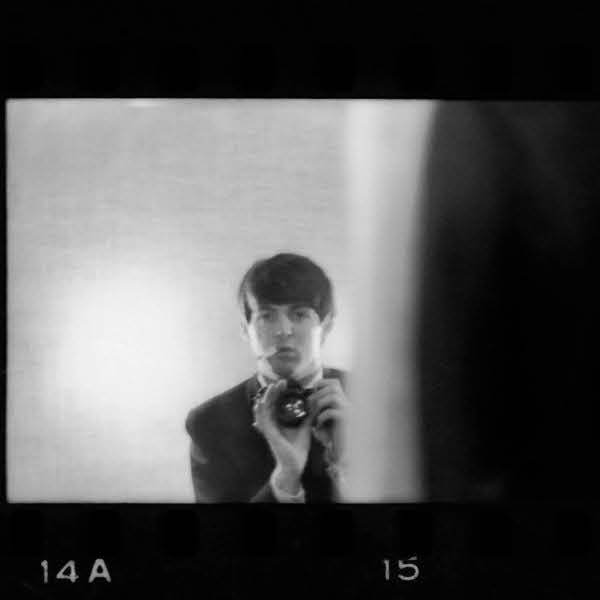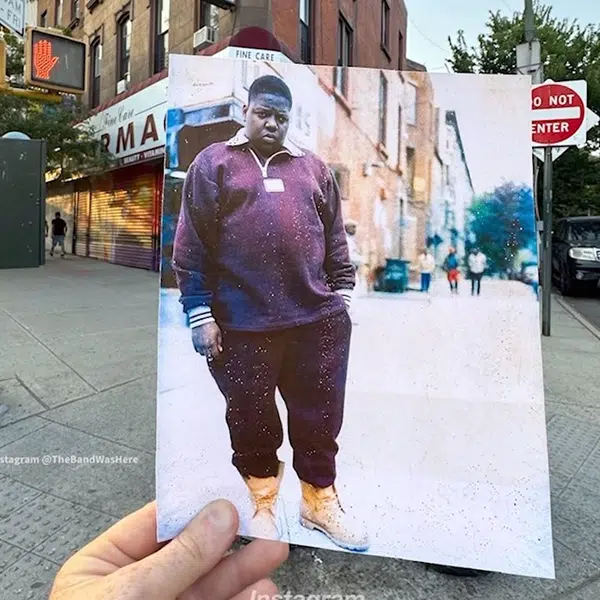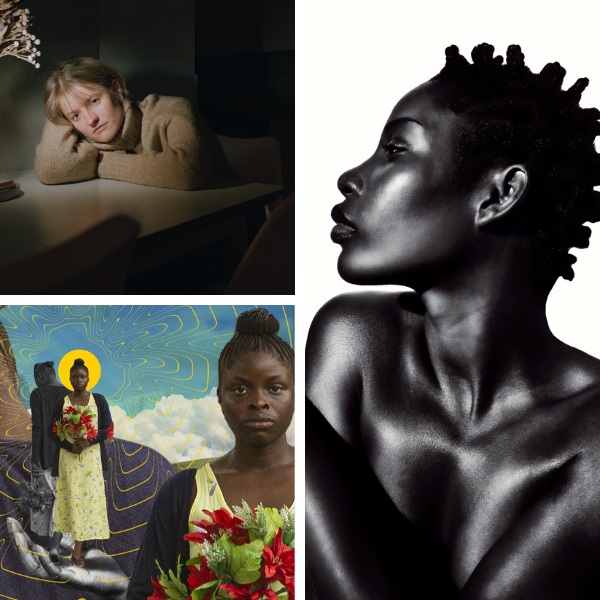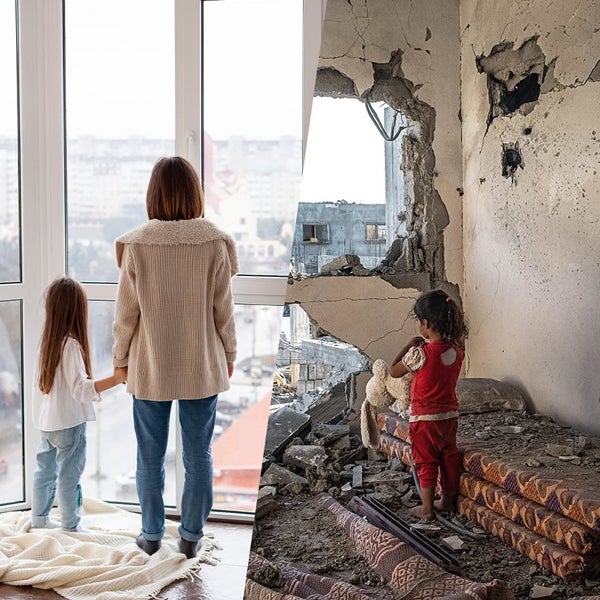While one can appreciate Greg Schmigel's street photos for their sharpness and clarity, when you find out that they were all taken on an iPhone, it makes it all the more incredible. Schmigel has a way of seeing things most of us might miss. In fact, he can find a complicated story etched in someone's face, catching that moment before it's too late. One of my favorite quotes from him tells us why he enjoys shooting on the street: “It's real. It's true slices of life as we see it, and many times slices life as the rest of us miss it.” We were lucky enough to conduct a full interview with this very talented photographer to ask him more about street photography and the growing iPhoneography movement. Read that interview, below, after enjoying a collection of his most beautiful and revealing photos.



















What is it about people that you're fascinated by? You know, for my first couple of years I never shot people. Well, with the exception of the occasional family picture. I remember spending many hours on the street shooting buildings, scenery and cityscapes but never once capturing a person. In fact, I avoided it at all costs – often waiting for pedestrians to move out of the frame or clear the shot. Later, a very good friend — Ricky Carioti — who also happens to be a staff photographer for the Washington Post, started to talk to me about capturing people in public and later introduced me to the world of street photography. It was a slow build-up to my first day of shooting people. I was apprehensive. There's an inherent hesitation to approaching a perfect stranger and capturing their image. But since that very first day, I rarely take a shot that doesn't include a person. My images feel empty without them (people). For those that are unfamiliar with your photography, can you please describe your photographic style? For the record, I probably wouldn't categorize myself as a classic street photographer, per se. Classic street photographers teach themselves to wait for that one decisive moment, that imminent point in time when everything comes together to tell a story. That's not me. I would probably refer to my style as “life photography.” I capture life on the street as I see it. I prefer not to sit and wait, but to move with the people, walk with the people, becoming part of the crowd as I capture images. How do you separate yourself from the pack? Honestly, I never really thought of myself as being out of the pack. I just take my pictures. It's like a kind of therapy for me. I'm happiest capturing just what I see. What is it about moments that you're trying to capture? The kinds of moments, or the slices of life as I call them, are the simple aspects of human interaction – or lack there of, that we partake in as humans. There's not an actual single moment I'm referring to, though. I'm drawn to observing the different expressions on faces of strangers, the way a person walks or stands, the split second that a person appears in view from around a corner. Any view of human life on the street is what I seek. Take a walk outside, look around and observe. Then close your eyes for a brief moment. Do you remember the framed image you saw just before your eyes closed? That fleeting, sometimes decisive moment? Those are the kinds of moments that I'm talking about. What have you captured that makes you appreciate those moments? One of my favorite images from my collection depicts two Hasidic men in Brooklyn (see last image in our set). The younger is pushing the elder in a wheelchair down Bedford Avenue. I've never been able to find the right title for this shot, but to me the image speaks of life on many levels. It hasn't been my most viewed shot on Flickr by any means, but it is a very special shot to me. After the fact, I've come to see in the image that it's an admiration and respect of one son for his father and it's a relationship. It's a journey from youth to old age captured within one shot. What has always been most fascinating to me about these moments and photography in general is that we as artists have the power to stop time as we see it. Although it's only for a split second, we do it. The rest of the world continues to moves, but we stop time, we stop movement, we freeze emotions and we capture a moment of life that can never been repeated exactly as we see it. I like this quote from you. “I really believe that about 80% of photography is about what the photographer sees.” So even with all these fancy cameras around, you feel as though it's ultimately up to the photographer to find the story? Absolutely. I think that's been the story of photography since the beginning. My favorite photographer, Henri Cartier-Bresson, speaks directly to this notion in some of his writings. I believe that seeing an image comes down to the artist and his imagination, while capturing the image is the responsibility of the device. So whether you're shooting with a big expensive DSLR or film camera, or you're seeking images with a simple mobile phone, it's not about the gear so much. It's about seeing the image and capturing a moment in time. What are some of the commonalities you start to find when you shoot strangers on the street? On the street, every stranger different, every stranger tells their own story. That's what keeps me there. What kind of reactions do your photos elicit? Some good, some bad. I think out of all styles of photography, street photography has got to be one of the most loved-or-hated styles. Those who get it, really love it. Those who don't, really hate it. I've received tons of support and encouragement from the community on Flickr, the people behind the mobile movement like Eyeem.com and iPhoneography.com and other areas. But even as recent as this week, I came across several comments to a blog post based in Russian that really let it all out in regards to my photographs. I spent nearly an hour Google-translating all of the comments, and believe me…they weren't the best. But that's one of the things I love about the immediacy of today's photo sharing world. You shoot, you post, you share. It's there for the world to see. And even if those folks from the Russia didn't like my work, well…at least they got to see it, and that means something to me. Over the past few years, how much have you seen iPhoneography grow? iPhoneography has exploded in the past few years. People began shooting with the first generation iPhone when it came out. But if you're asking about the mobile movement as more of an organized movement, then I'd say that in the last year alone, it has grown beyond belief. This year, the mobile community shifted from ‘online' digital exhibits to brick and mortar ‘print' exhibits in more than 5 countries and multiple cities, and it's continuing to grow. Who are some other iPhoneographers that you admire? The list is much too long, and if I start mentioning some, I'm sure to forget others. One of my favorite iPhone shooters – for some time now – has been Yves Timmermans, a Belgium-based iPhone photographer. Yves' control of black and white tone is near perfect. I've had the opportunity to talk with Yves via chat and e-mail, and aside from being a great photographer, he's a really nice guy to get to know. We share a few things in common … things like black-and-white street photography and or course, Belgium. For those just starting out in iPhoneography, can you share some tips? Just get out there and capture what you're comfortable capturing with your camera, cell phone or video camera. It doesn't have to be street photography, just find what you like and do it. If you've got the iPhone in your pocket, you've got a camera. Thanks for the interview, Greg, and thanks for giving us a new appreciation for life's everyday moments. Greg Schmigel http://www.justwhatisee.com Related: 25 Most Beautiful and Inspiring iPhone Photos Top 10 Apps to Make Your Photos Pop! Authentic and Ironic Street Stories Beautiful Strangers on the Street























































































